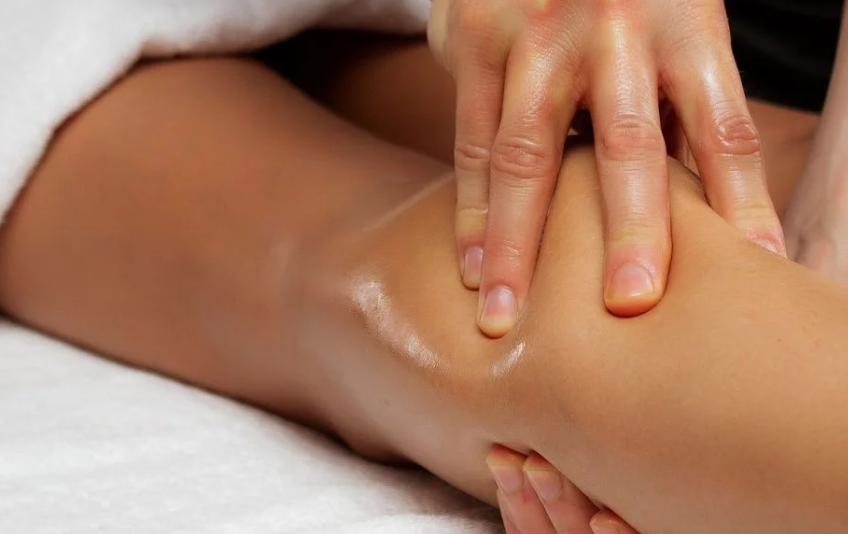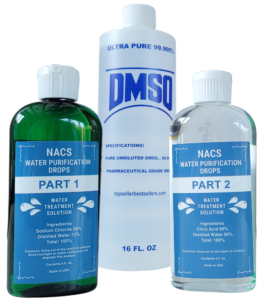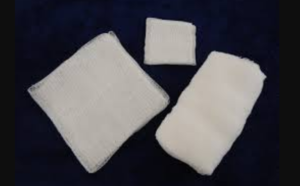I often get asked about the targeted topical application of chlorine dioxide. Unless your intention is only to treat the top few layers of skin, you will need to add DMSO to the chlorine dioxide prior to application. If the area that you are targeting is specific and you know its location, the general rule is to apply a mixture of chlorine dioxide with DMSO and apply it to the area. The greatest effects are realized by extending the topical application to include the neighboring 3 to 5 inches around the targeted area.
Simply rub your chlorine dioxide/DMSO mixture on and around the area you want to treat. Keep rubbing until the liquid is completely absorbed or after 7 minutes, wipe off any excess liquid. Some people with sensitive skin may experience an itching or burning sensation similar to that of a sunburn.
Sensitive Sunburn Reaction
After ten minutes from the initial application or 3 additional minutes following the 7-minute application, you may apply any natural moisturizing skin treatment to soothe the application area. You can do this for as long as necessary to feel relief. Just make sure you cleanse the area with natural soap and water, ensuring the area is free from any residual ointment or soap before making another topical application.
What’s Happening?
The chlorine dioxide mixes seamlessly with the DMSO. DMSO is a penetrant solution when applied topically takes whatever it is combined with through the protective layers of the skin, throughout the tissue, bone, and bloodstream.
According to author Herb Roi Richards, PhD in his book, DMSO Dimethylsulfoxide for Humans: Recipes & Treatment, DMSO penetrates all skin, tissue, blood, and brain barriers with more accuracy than injections when applied topically. Hospitals insist on only delivering via IV intravenous drip only because that is where the money is, according to the author.
Imagine what you could do, if you could use a simple DIY topical penetrant to absorb any substance with greater accuracy than an IV drip and do it yourself. It makes you wonder why the medical community is not telling you about that, even though the answer is obvious.
Be Careful
This is why you must be careful when using DMSO with chlorine dioxide, or anything for that matter. Because it will mix with pretty much anything it touches and administer it to the body via topical penetration.
That’s why you apply with only clean hands, not gloves. Because the DMSO will treat the glove material, whatever the gloves are made of, and deliver it via the body’s target area to not only the area of the body but into the bloodstream as well.
This applies to anything that touches the application area, clothes, ointments, perfume, residual lotions or soap. Anything. That’s why we say, apply to cleaned area of skin, free from dirt, or soap residue, with clean and dry hands, also free from dirt, soap residue, or anything else, including gloves.
Alternatively, you could use a chlorine dioxide and DMSO patch to apply to the area.
How to Make a Chlorine Dioxide and DMSO Patch
-
- Activate 5 drops of chlorine dioxide with 10 drops of 50% citric acid in a dry, clean glass bowl.
- Wait 30 seconds
- Add 10 drops of purified water
- Mix in 5 drops of DMSO
- Pour MMS/DMSO solution onto and allow it to be absorbed by a cotton gauze pad
- Cover the target area with the patch and hold it in place for seven minutes
- Remove the patch following seven minutes to check for reactions of the skin. If negative reactions are present (burning or itching) reduce the mixture by 50%. Reapply and check after another seven minutes.
- If the dose can be tolerated without a negative reaction, hold the next patch in place for a full 15 minutes.
- Repeat applying fresh patches every 15 minutes.
Caution: Avoid using tape to hold the patch in place as it may react with the DMSO and pull the glue into your body.
If negative side effects such as irritation to the skin is present when applying the chlorine dioxide and DMSO Patch, dilute the chlorine dioxide/DMSO solution by adding 10 drops of purified water. Continue dilution by adding 10 drops of purified water to the mixture until the concentration can be tolerated without negative side effects.
Additional patches or larger patches will require greater amounts of chlorine dioxide/DMSO solution which can be made based on the area addressed.





I have breast implants, is it safe to use MMS and DMSO? Internally and externally?